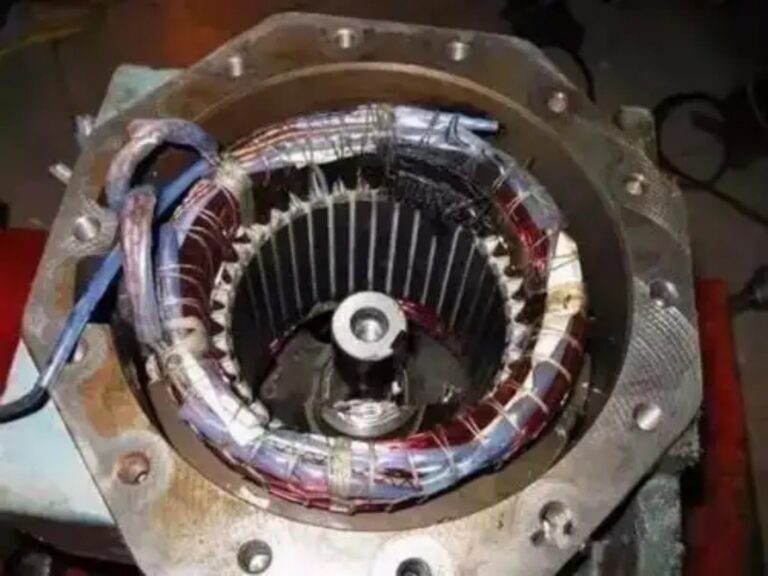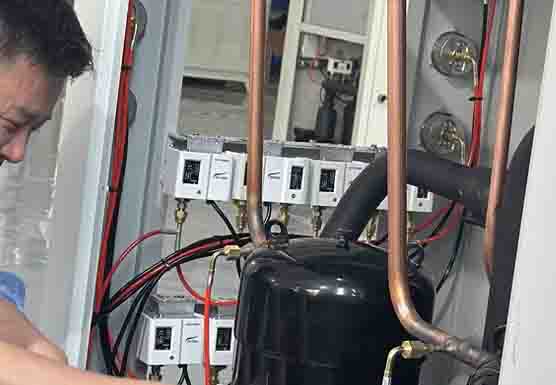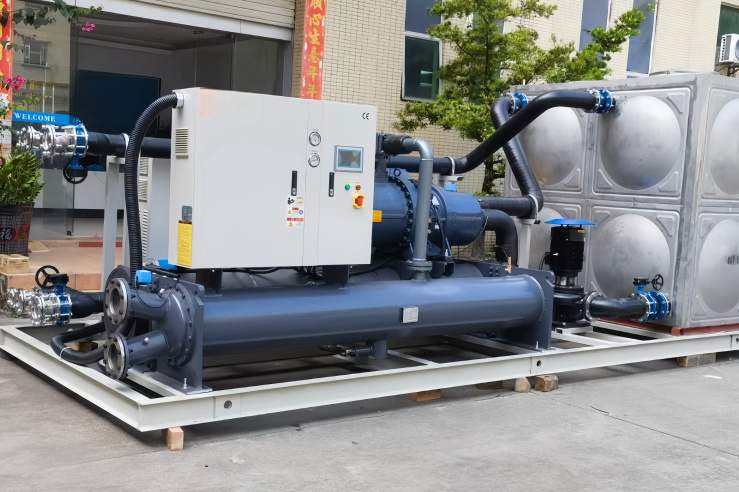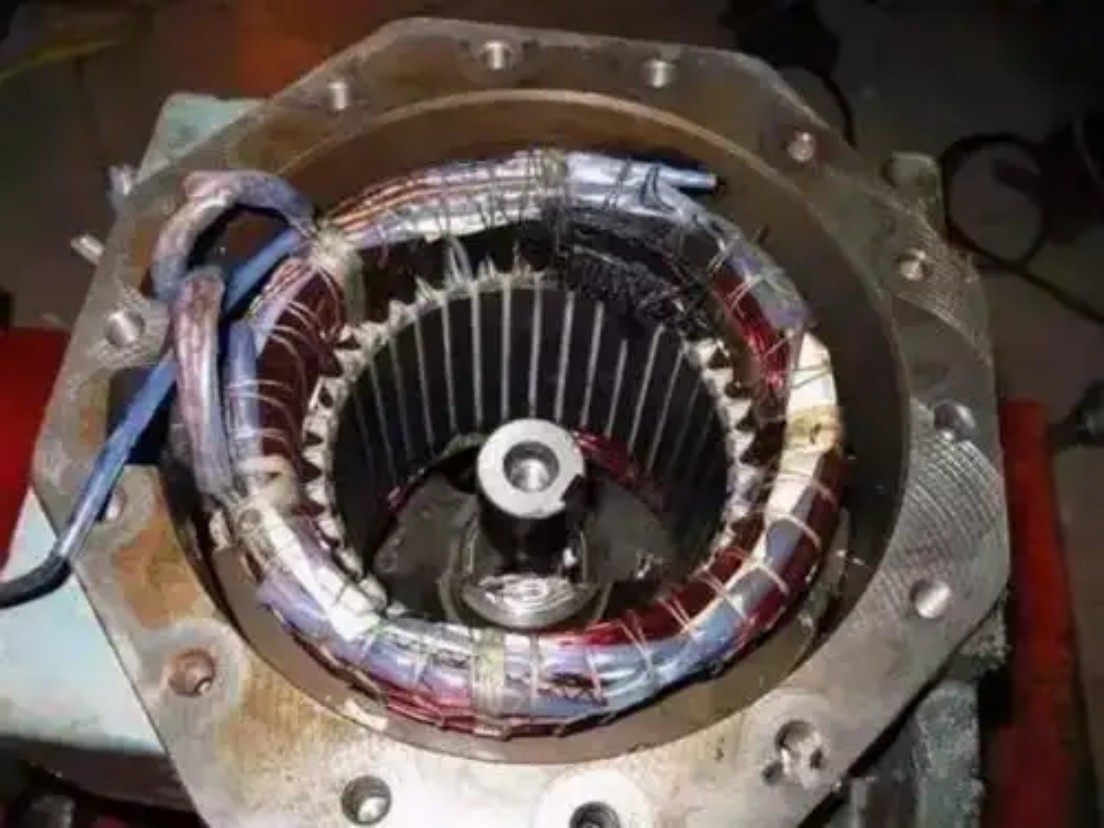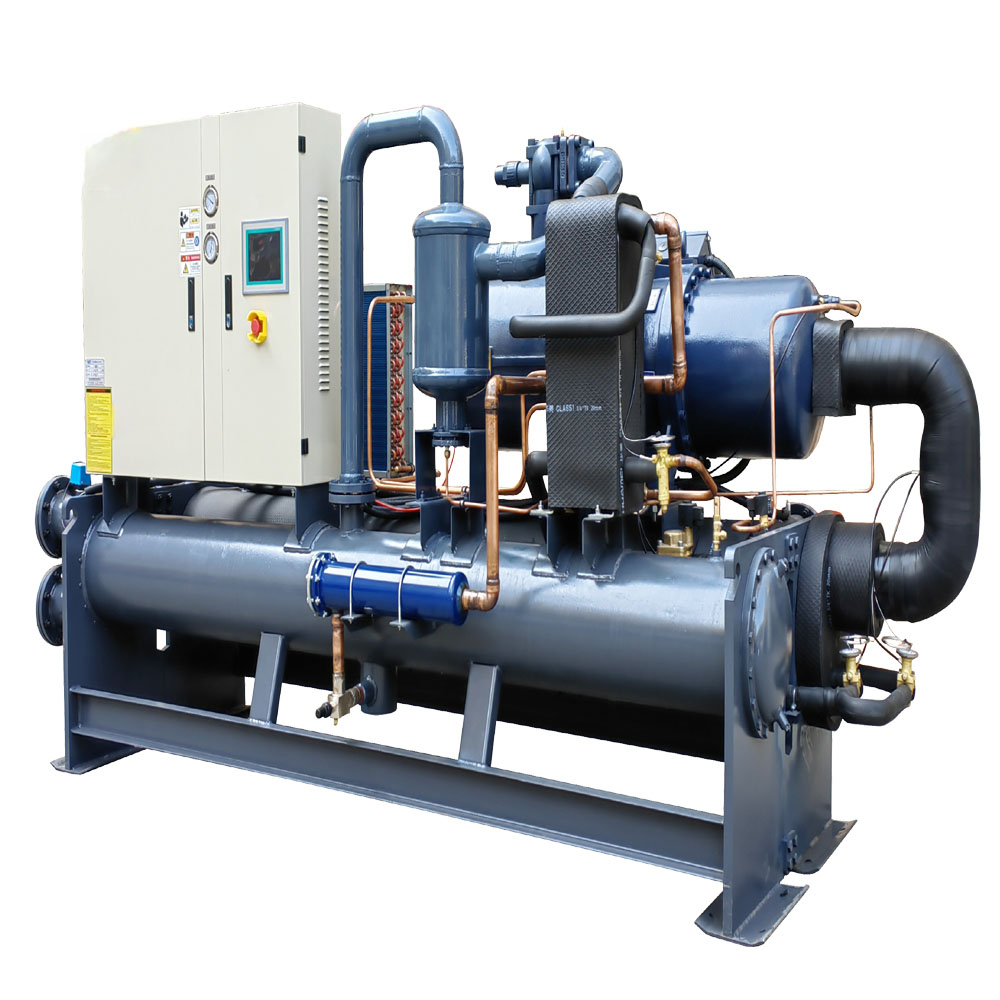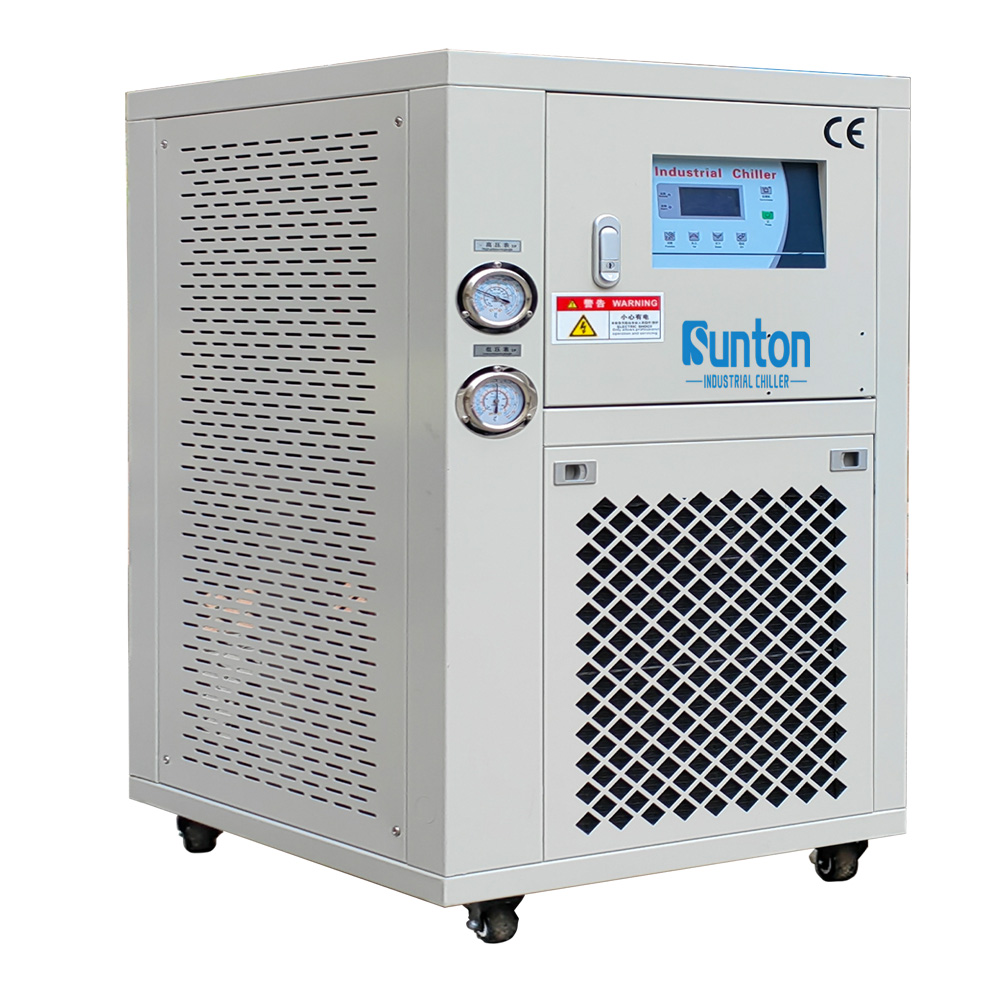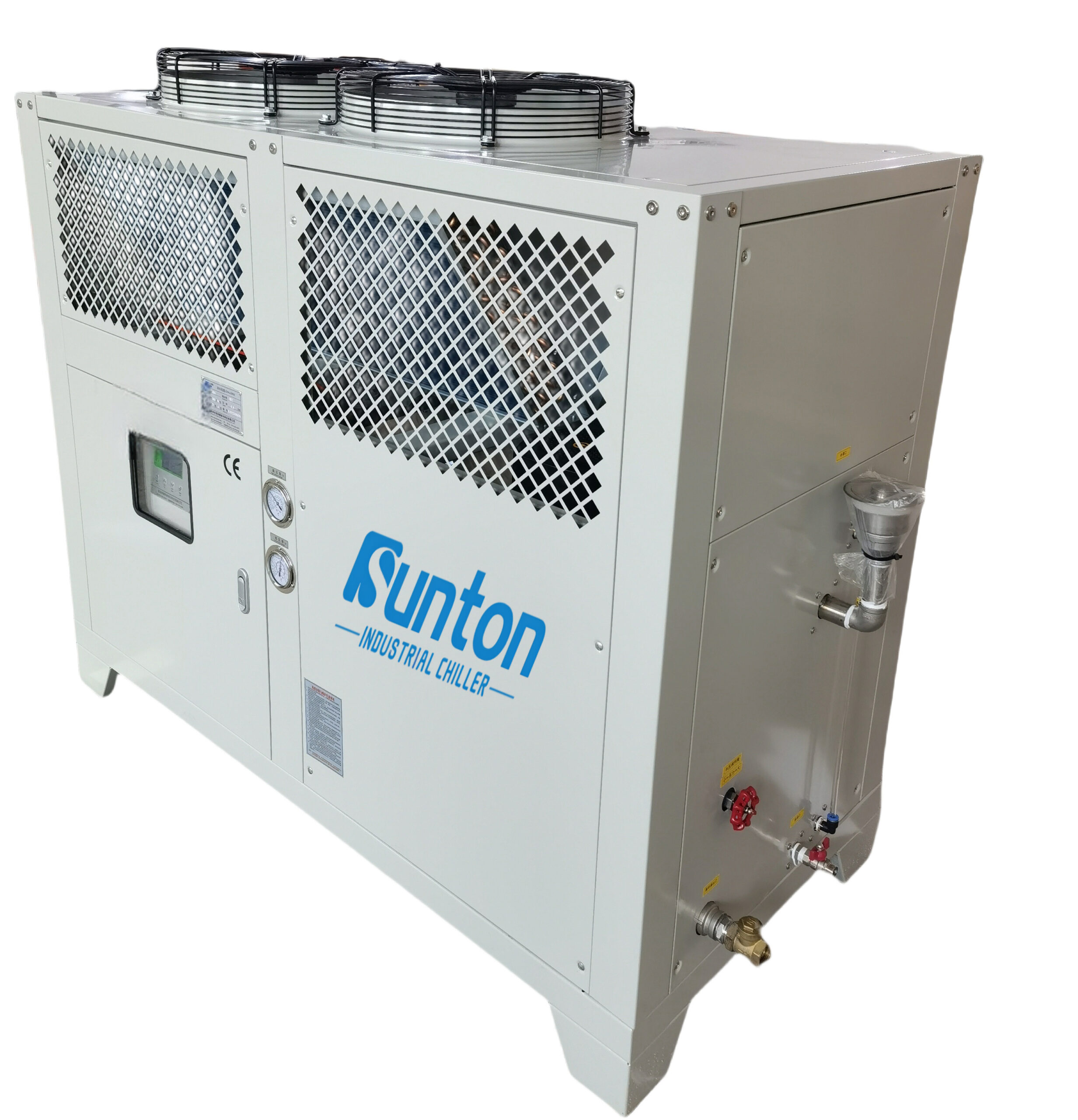-
Dalingshan Industrial Guangdong
Ciclo de refrigeración
Comprender el ciclo de refrigeración: dominar los tipos y las tecnologías
En el intrincado mundo de refrigeración, dominando el ciclo de refrigeración es esencial para mantener operaciones eficientes en una amplia gama de industrias. Desde Procesamiento de plástico a Cuidado de la saludComprender este ciclo puede revolucionar la gestión de los sistemas, promoviendo tanto el ahorro de costes como un mejor rendimiento. Este artículo analiza los aspectos fundamentales de los sistemas de refrigeración y sus aplicaciones, ofreciendo una guía indispensable para los profesionales que buscan optimizar sus operaciones.
Índice
¿Qué es el ciclo de refrigeración y por qué es importante?
En ciclo de refrigeración es la columna vertebral de los sistemas de refrigeración modernos y desempeña un papel fundamental en aplicaciones de refrigeración de alimentos a procesos industrialesEste ciclo es crucial ya que mueve eficientemente el calor de un lugar a otro, garantizando entornos controlados dentro de las plantas e instalaciones.
Importancia
- Control de temperatura:Esencial para mantener condiciones ambientales precisas en industrias como producción química y productos farmacéuticos.
- Eficiencia energéticaAl aprovechar la termodinámica del ciclo, las empresas pueden optimizar el uso de energía, reduciendo costos y el impacto ambiental.
Entendiendo el La ciencia detrás de la refrigeración Proporciona la base para mejorar el rendimiento del sistema y lograr operaciones sostenibles.
¿Cuáles son los cuatro componentes principales de un sistema de refrigeración?
Un robusto sistema de refrigeración Se basa en cuatro componentes principales, cada uno de los cuales cumple una función única para facilitar un enfriamiento efectivo.
Componentes clave
- Compresor:Comprime el refrigerante en un estado de alta presión, iniciando el ciclo.
- Condensador: Se condensa el refrigerante gaseoso en líquido, liberando calor.
- Evaporador:Permite la refrigerante a absorber el calor, pasando de líquido a gas.
- Válvula de expansión: Reduce la presión del refrigerante, preparándolo para la absorción de calor en el evaporador.
Cada parte es parte integral del ciclo de refrigeración, garantizando el funcionamiento eficiente de sistemas como los que se encuentran en hospitales y fabricación de productos electrónicos.
¿Cómo funciona el ciclo de compresión?
En ciclo de compresión es fundamental para la refrigeración e implica el movimiento de vapor refrigerante en todo el sistema.
Cómo funciona
- Etapa de compresión: El compresor comprime el vapor de refrigerante de baja presión en un gas de alta presión.
- Fase de condensación:Este gas pasa a través de la condensador, donde libera calor y se convierte en un refrigerante líquido.
- Expansión y evaporación:El líquido fluye a través de la válvula de expansión y luego ingresa al serpentín del evaporador, absorbiendo calor del ambiente, volviendo al estado de vapor.
La eficiencia de este ciclo es fundamental para reducir consumo de energía y los costos en refrigeración industrial configuraciones.
Comprensión de los diferentes tipos de sistemas de refrigeración
Seleccionar lo correcto tipos de sistemas de refrigeración es vital para optimizar el rendimiento y la eficiencia.
Variedades del sistema
- Sistemas de compresión de vapor:Se utiliza predominantemente en refrigeración comercial, eficiente para una amplia gama de aplicaciones.
- Refrigeración por absorción:Utiliza calor en lugar de energía mecánica, ideal para lugares con abundante calor residual.
- Sistemas en cascada:Emplee dos o más circuitos de refrigeración para lograr temperaturas ultrabajas, perfectas para aplicaciones especializadas.
Comprender estos sistemas permite a las empresas adaptar soluciones que mejoran la eficiencia operativa y apoyan los objetivos de sostenibilidad.
¿Qué papel juega el compresor en la refrigeración?
En compresor es el corazón de cualquier sistema de refrigeración, impulsando el ciclo de refrigeración moviendo refrigerante A través de los componentes del sistema.
Funcionalidad
- Manipulación de la presión:Comprime el vapor de baja presión en un gas de alta presión, lo que facilita el proceso de refrigeración.
- Eficiencia del sistema:Los compresores eficientes reducen el uso de energía y mejoran la capacidad de enfriamiento de los sistemas en entornos como procesamiento de alimentos y laboratorios farmacéuticos.
Los compresores de alto rendimiento mejoran tanto la eficiencia de un sistema y su fiabilidad en entornos industriales exigentes.
¿Cómo afectan los distintos refrigerantes a la eficiencia?
La elección de refrigerante Puede influir significativamente en el rendimiento y el impacto ambiental de un sistema de refrigeración.
Consideraciones sobre el refrigerante
- Potencial de calentamiento global (PCG)Optar por refrigerantes con menor PCA es vital para reducir el impacto ambiental.
- Tasas de eficiencia:Los diferentes refrigerantes ofrecen distintos niveles de eficiencia, lo que afecta el rendimiento general del sistema y el uso de energía.
La selección de refrigerantes adecuados es crucial para mantener el cumplimiento normativo y optimizar rendimiento del sistema en industrias como enfriamiento de biogás.
¿Pueden los sistemas en cascada mejorar el rendimiento de la refrigeración?
Sistemas de refrigeración en cascada Son soluciones especializadas diseñadas para mejorar el rendimiento de refrigeración a bajas temperaturas.
Beneficios
- Temperaturas extremas:Capaz de alcanzar temperaturas ultrabajas, útil en producción química y laboratorios.
- Aumentos de eficiencia:Al utilizar múltiples ciclos de refrigerante, los sistemas en cascada pueden ofrecer mayor eficiencia y confiabilidad.
Optimización de tecnología de refrigeración Los sistemas en cascada pueden ofrecer importantes ventajas operativas en aplicaciones especializadas.
¿Por qué está ganando popularidad la refrigeración por absorción?
Refrigeración por absorción Se está volviendo cada vez más popular debido a sus características ecológicas y de eficiencia energética.
Ventajas
- Fuentes de energía:Utiliza el calor residual o la energía solar, lo que reduce la dependencia de la energía eléctrica y baja los costos.
- Sostenibilidad:Disminuye el impacto ambiental, alineándose con los objetivos globales de eficiencia energética y sostenibilidad.
Para organizaciones enfocadas en reducir costes de explotación y mejorar eficiencia energéticaLa refrigeración por absorción presenta una alternativa viable a los sistemas tradicionales.
Preguntas frecuentes sobre sistemas de refrigeración
¿Qué es un ciclo de compresión de vapor?
El ciclo de compresión de vapor es un método de refrigeración para transferir calor utilizando un compresor, condensador, válvula de expansióny evaporador.
¿Qué importancia tiene la elección del refrigerante para la eficiencia del sistema?
Elegir el refrigerante adecuado es crucial para optimizar el uso de energía y minimizar el impacto ambiental.
¿Por qué optar por la refrigeración por absorción?
La refrigeración por absorción utiliza calor para enfriar, lo que la hace energéticamente eficiente y sustentable, especialmente cuando hay calor residual disponible.
¿Qué hace que los sistemas en cascada sean efectivos?
Los sistemas en cascada emplean múltiples ciclos para lograr una eficiencia de enfriamiento superior, necesaria para aplicaciones que requieren temperaturas extremadamente bajas.
Conclusión: Adopción de tecnologías de refrigeración avanzadas
Adopción avanzada sistemas de refrigeración Es fundamental para las industrias que buscan optimizar el control ambiental, la rentabilidad y la sostenibilidad. Al comprender los fundamentos de la refrigeración y aprovechar tecnologías innovadoras, las empresas pueden mejorar significativamente su eficacia operativa. Para obtener información personalizada sobre los sistemas de refrigeración, Explora nuestras soluciones detalladas.
Principales conclusiones
- Domina los conceptos básicos:Comprender los principios fundamentales del ciclo de refrigeración para un diseño óptimo del sistema.
- Elige sabiamente:Seleccionar sistemas y refrigerantes apropiados para apoyar la eficiencia energética y la sostenibilidad.
- Adoptar innovaciones:Aproveche tecnologías avanzadas como sistemas en cascada y de absorción para obtener ventajas competitivas.
Para obtener más información y soluciones, descubra Enfriador de agua de tornillo refrigerado por agua y otras tecnologías de última generación en nuestro centro integral de recursos.

